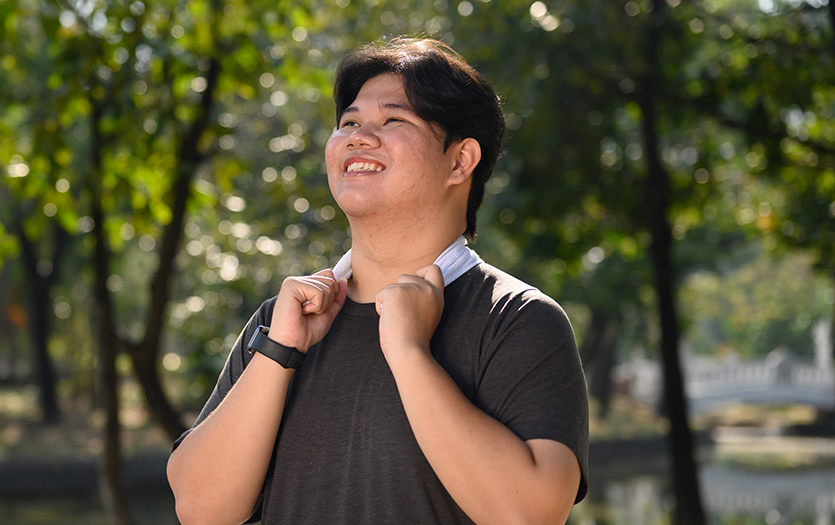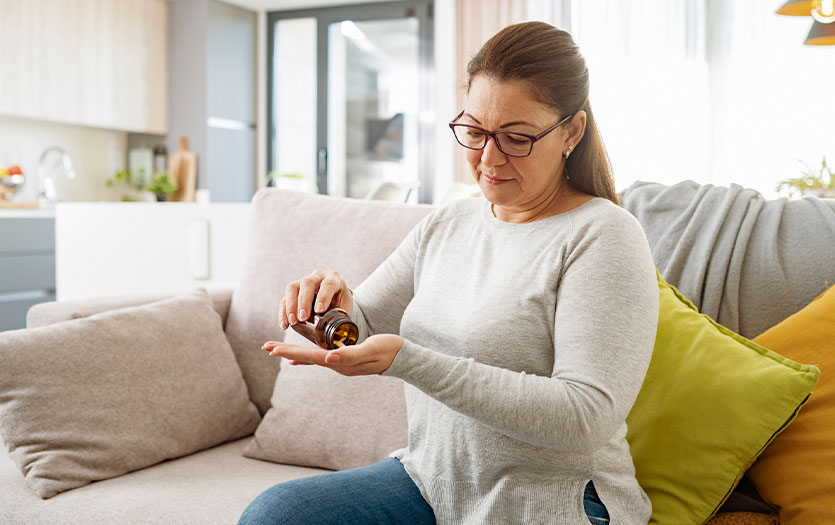
Research shows that older populations are at higher risk for COVID-19, but sadly, safety measures and precautions have led to some cases of isolation and social disconnect. Because of her work visiting patients in assisted living facilities, we asked Denise Nofziger, APRN, NP-C, PPG – Ohio, Family Medicine, to share her observations of the pandemic’s impact on residents and the strategies that are helping to combat the loneliness.
The pandemic’s impact
The pandemic has taken a toll on everyone, especially those in long-term care and assisted living facilities. COVID created many obstacles for residents, impeding the ability to adhere to regular routines they had grown accustomed to, including socialization.
During the early days of the virus, nasal swabs were a weekly occurrence, and, if a patient tested positive, they were subject to room changes, which displaced them from their normal accommodations. And due to the contagious nature of COVID-19, all nonessential visits had to wait. Recreational activities like bingo, board games and chatting with fellow residents were put on hold, and for the safety of everyone, patients had to stay in their rooms. Visits with family and loved ones were limited to conversations through a closed window.
As vaccines became available and health care professionals learned more about COVID-19, restrictions were slowly lifted, allowing more visitors and health care personnel, including dietitians, cleaning staff, aids and nurses. Although family members were permitted to visit, they had to wear personal protective equipment (PPE) like gowns, masks and face shields. Despite these successful strides back to regularity, residents were, and in some cases, still feel the overwhelming strain of isolation and depression forced upon them by the pandemic. Many are missing out on the fundamental elements of human touch, contact and interaction.
Combating the isolation
I remember the first time families could come back into buildings or take their loved ones out, during Christmas 2021. The mood in many facilities had lifted and was so much brighter. Nurses were excited to see the residents happier, and their loved ones finally had opportunities to visit. Families were thankful, and new grandchildren got to see their grandma or grandpa for the first time. It may sound simple, but visits made all the difference, whether in person or virtual. They helped to diminish the overwhelming feelings of loneliness and isolation while also empowering residents with a sense of control during a time of uncertainty.
Telemedicine was another positive outcome from the pandemic that seemed to help residents. For example, I recall one resident who was disoriented and unable to walk. They required a follow-up with their specialist, whose office was 45 minutes away, but their family could not drive them there. Fortunately, they could have a virtual visit with their family present as a facility nurse assisted with vitals and assessments while sidestepping costly transportation fees that could have resulted in a financial burden for the family. In this scenario, virtual care and telehealth services were a huge benefit for everyone.
Where to turn for help
If you or an older adult struggle with mental health issues and isolation, please don’t suffer in silence. Individuals can always seek support from trusted family members and friends, but beyond that, there are mental health resources such as the Parkview Behavioral Health HelpLine, which is available 24-hours a day/7 days a week at 260-471-9440. The Parkview LifeBridge day program is also available for seniors who could benefit from support and group activities several times each week.



